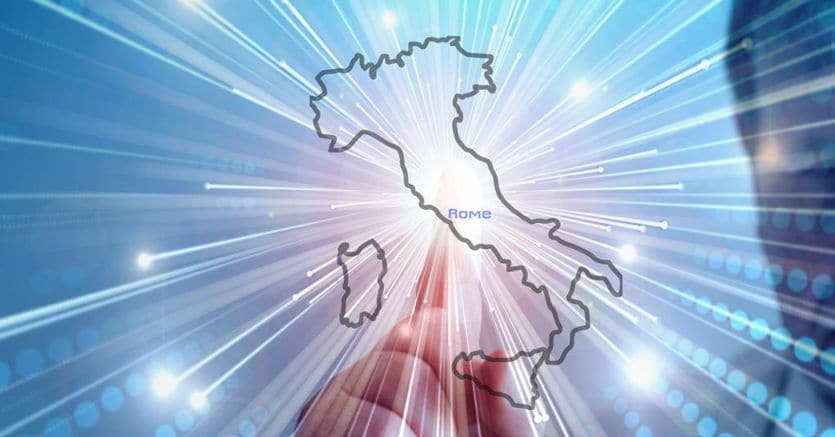An Italy that climbs the rankings. But that still remains in the lower part. And more than on the infrastructural endowment, this time the EU’s stick comes on human capital on which “Italy is significantly behind other EU countries”, registering “very low levels of basic and advanced digital skills”. The 2021 edition of the digitalization index of the economy and society (Desi) – the annual report gives an account of the digital health status among the EU countries – sees Italy in 20th place among the 27 member states, rising from the 25th place of the previous edition. Denmark, Finland and Sweden are far away. Behind Italy, on the other hand, there are Cyprus, Slovakia, Hungary, Poland, Greece, Bulgaria and Romania to close.
What to watch then? To the five places earned or to the fact that Italy is still among the countries behind the EU average? They are two sides of the same coin, after all, that emerge from a report that delivers, in general on a European scale, a “positive message, all EU countries have made progress to become more digital and more competitive, but it can be done more “, is the comment of the executive vice president of the EU Commission, Margrethe Vestager, adding that” we are working with the Member States to ensure that key investments are made through the Recovery “. The general picture, the report reads, however, “is mixed and, despite a certain convergence, the gap between EU leaders and those with the lowest Desi scores remains wide. Despite these improvements, all Member States will have to make concerted efforts to achieve the 2030 goals set in the European Digital Decade ”.
As for Italy, commented the undersecretary of the Mise, Anna Ascani, the rise in the rankings “rewards the efforts we are making in the digitization process of the country”. In any case, “much remains to be done”. In 2021, the Commission adjusted Desi to reflect the two main policy initiatives that will impact digital transformation in the EU: the mechanism for recovery and resilience and the compass for the digital decade. Hence the analysis made on four “chapters”, instead of five as in the other editions (which generally started in June), for data that still do not understand the effect of the Covid push on digital. The reference is in fact 2020 and therefore, on this front, the appointment is at Desi 2022.
The problem of human capital
The most “limping” part, as mentioned, is that on human capital. Here Italy is in 25th place with 42% of people aged between 16 and 74 with “at least basic digital skills” compared to 56% in the EU. Even going to the “digital skills higher than the basic ones” Italy is at 22% against 31% in the EU.
Going to connectivity, the Commission report underlines that “Italy has made some progress in terms of both coverage and diffusion of connectivity networks, with a particularly significant increase in the spread of connectivity services that offer speeds of at least 1 Gbps. However, the pace of fiber deployment slowed down between 2019 and 2020 and further efforts are needed to increase coverage of ultra-high-capacity networks and 5G and to encourage their diffusion. ” And if you look closely at the numbers, the glass appears more empty than full. With an overall score of 42.4, Italy is 23rd among the EU states. And so we read that “61% of households subscribe to fixed broadband, a figure slightly below the EU average (77%). The percentage of families that had a speed of at least 100 Mbps has continued to grow, going from 22% in 2019 to 28% in 2020, which however places the country below the EU average of 34% “. On the other hand, “3.6% of households that had a speed of at least 1 Gbps in 2020 did well: a significant increase compared to 2019 and a percentage that places Italy above the EU average”. On the other hand, despite the fact that Italy has been a pioneering country, bad news on 5G coverage: only 8% of the inhabited areas against the EU average of 14%.
